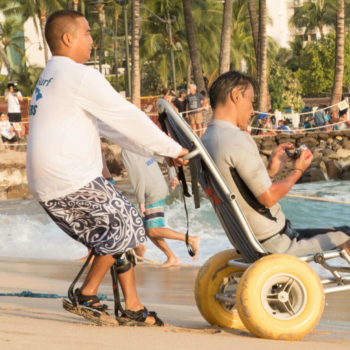Over 130,000 people on Oahu have a mobility-related disability. The majority of them use some type of mobility device to move around the community.
Here you will learn an overview of types of mobility devices, the basics of their use, and how to support an individual using different devices.
General Rules
- Mobility devices are extensions of an individual’s body – treat it as such.
- Ask before moving any devices to the side or off a walkway.
- When in doubt, ask and learn before handling any mobility device. They are usually custom-situated and very expensive.
Manual Wheelchairs
Power Wheelchairs
Scooters
Transport Wheelchairs
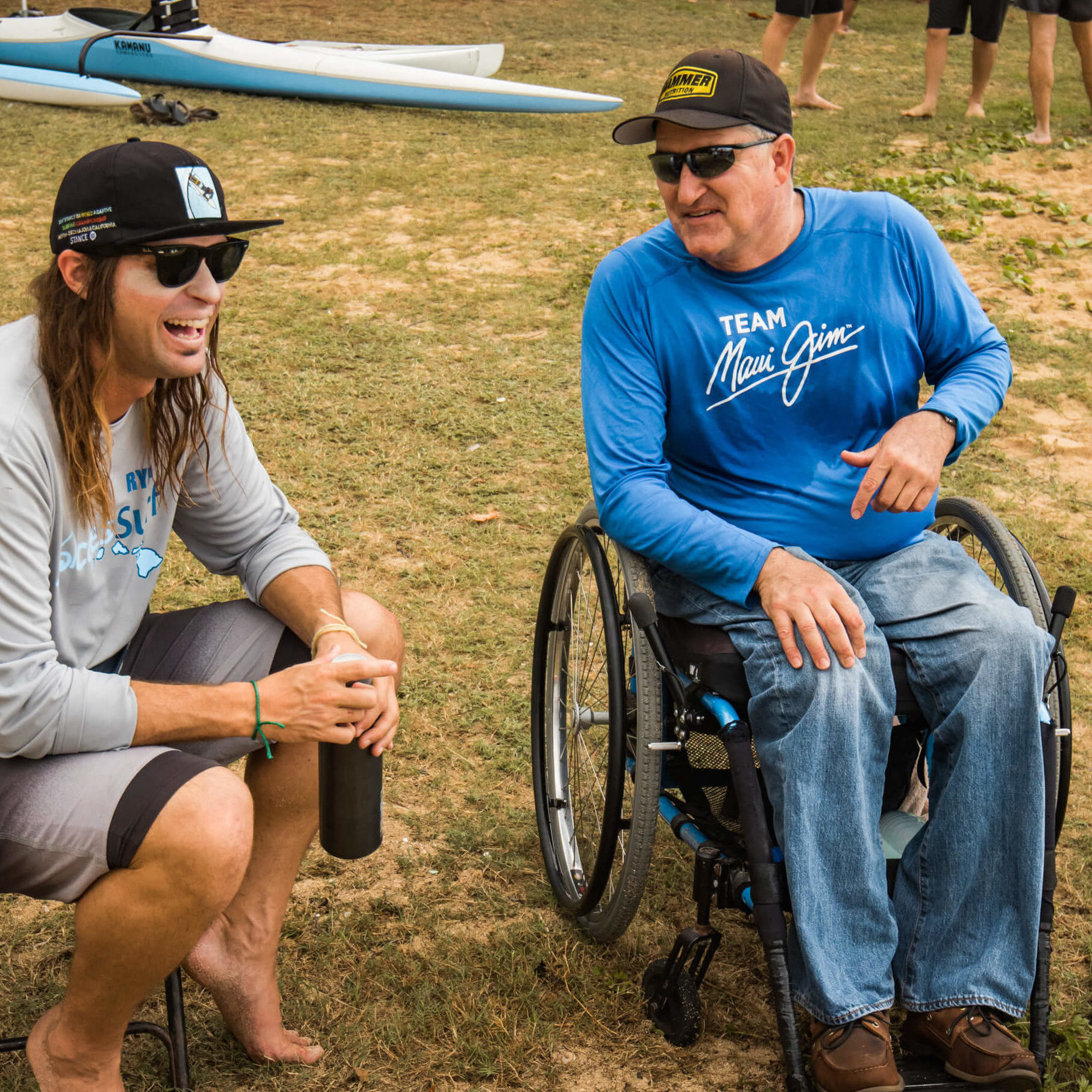
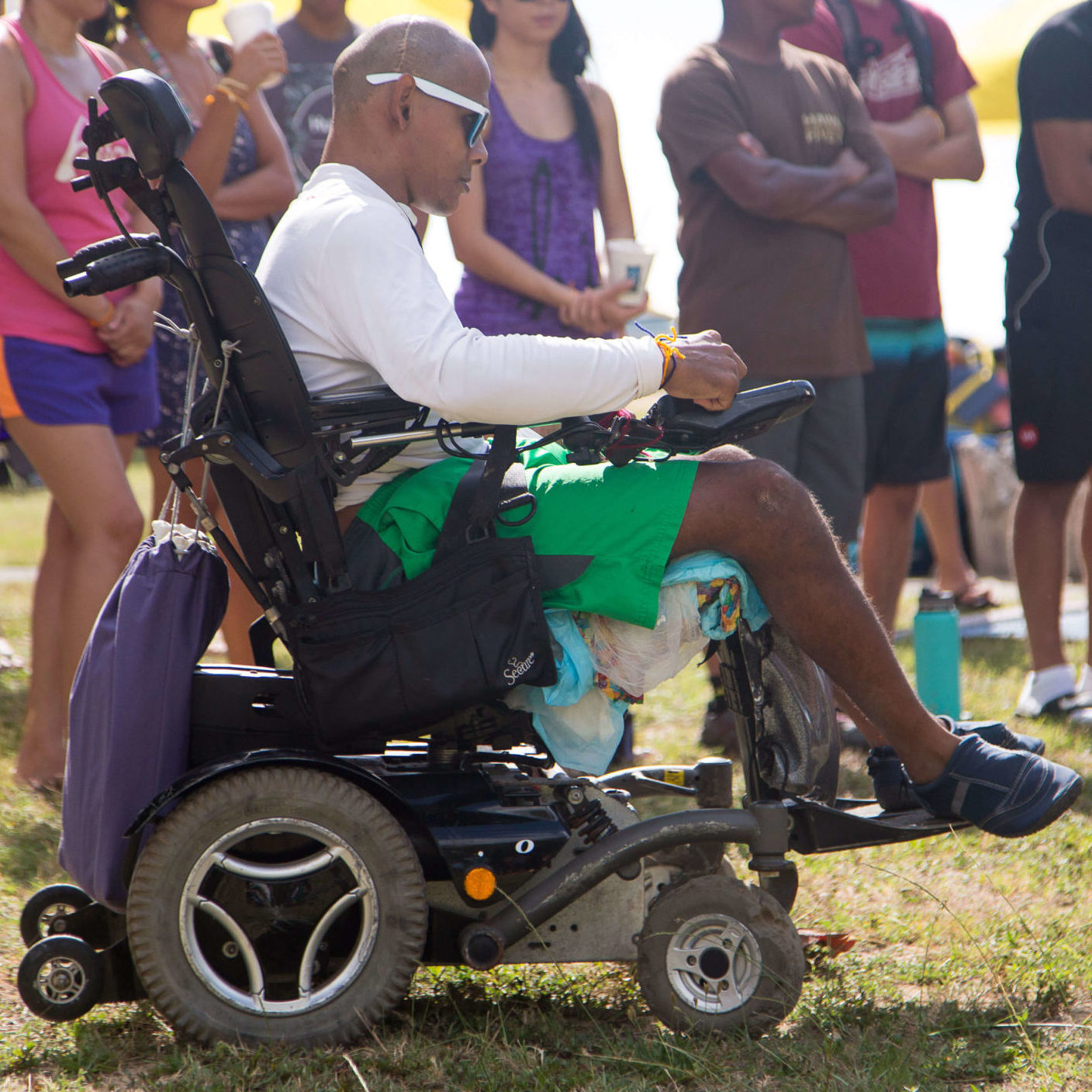
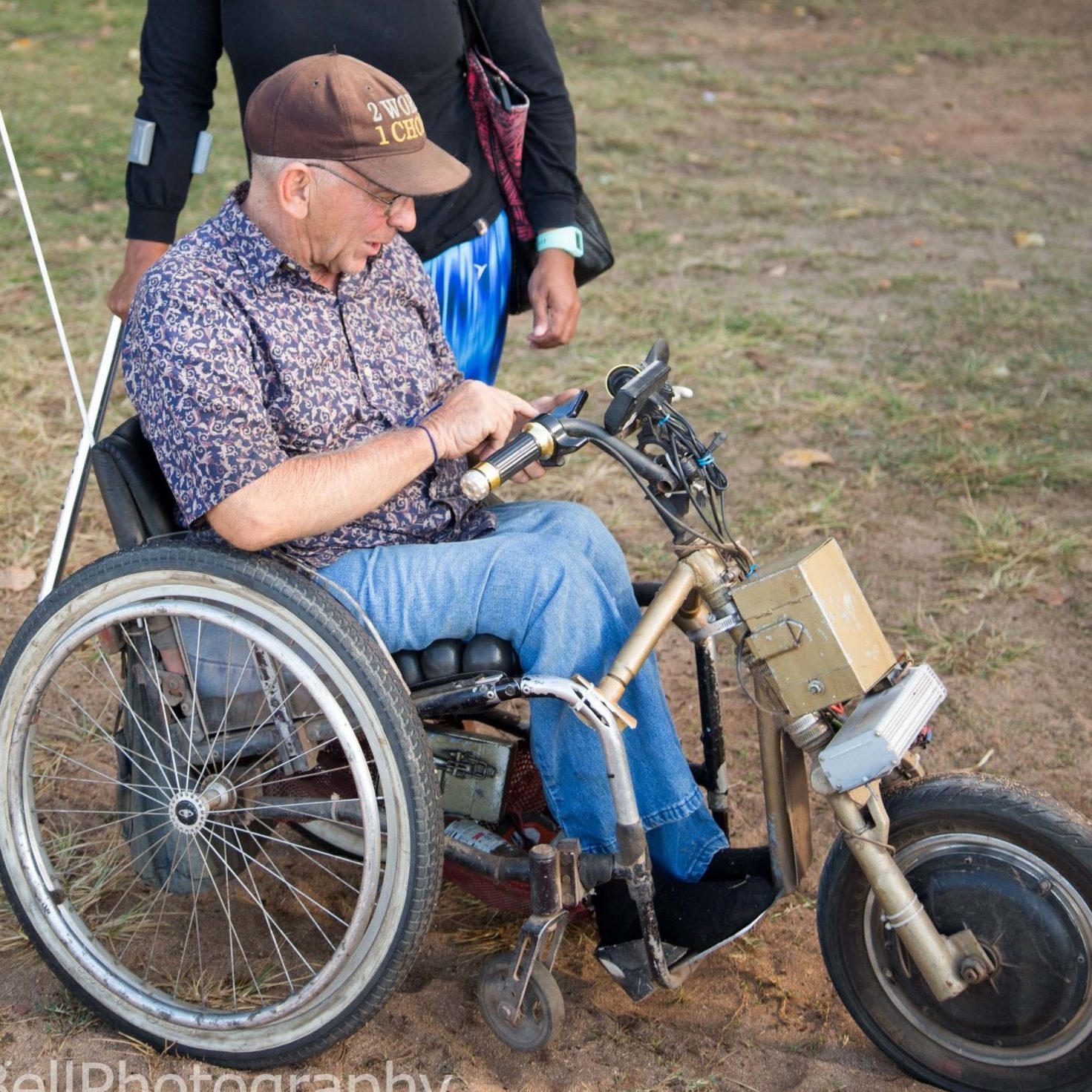
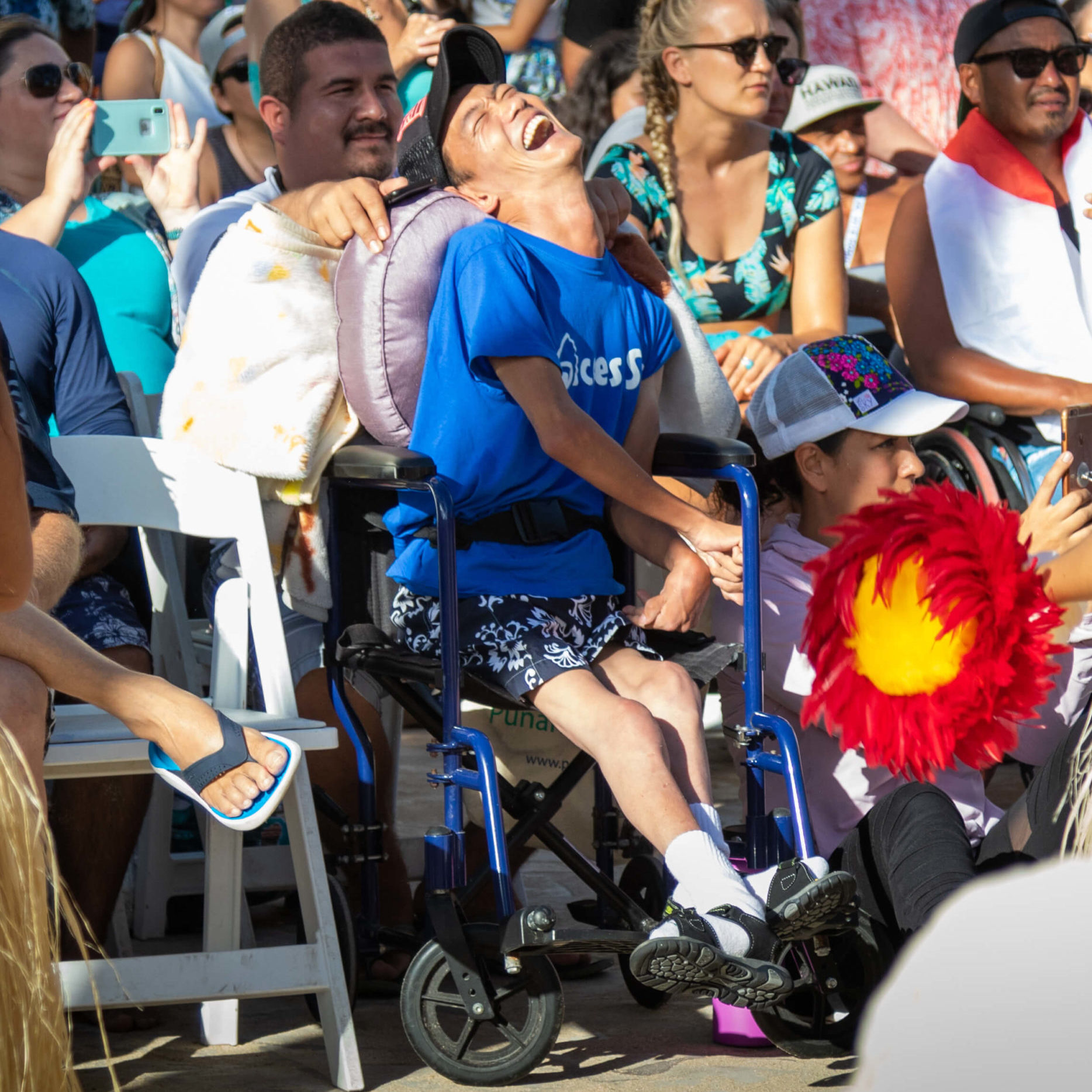
Manual Wheelchairs
• Rigid or foldable frames
• Low to high-level back
• Front wheel swivel casters
• Removable arm/footrests/side guards/backrests/cushions
• User weighs under 300 lbs.
• User can propel themself
• Chair weighs 10- 45 lbs.
Transport Wheelchairs
• Vary in size
• Not easy to move independently
• Made to be pushed by another person
• Removable leg/arm rests
• Folds to fit into a car
• Usually lightweight
Power Wheelchairs
• Vary in size
• Mid to high-level back
• May move to stand or tilt positions
• Usually takes 2-3 people to move the chair in neutral position
• User can usually operate with a joystick or mouth control that is usually custom programmed
• Chair is very heavy
• Has a battery or power source and does not do well when wet or sandy
• You should always ask user to move and how to move chair before doing so.
Walkers
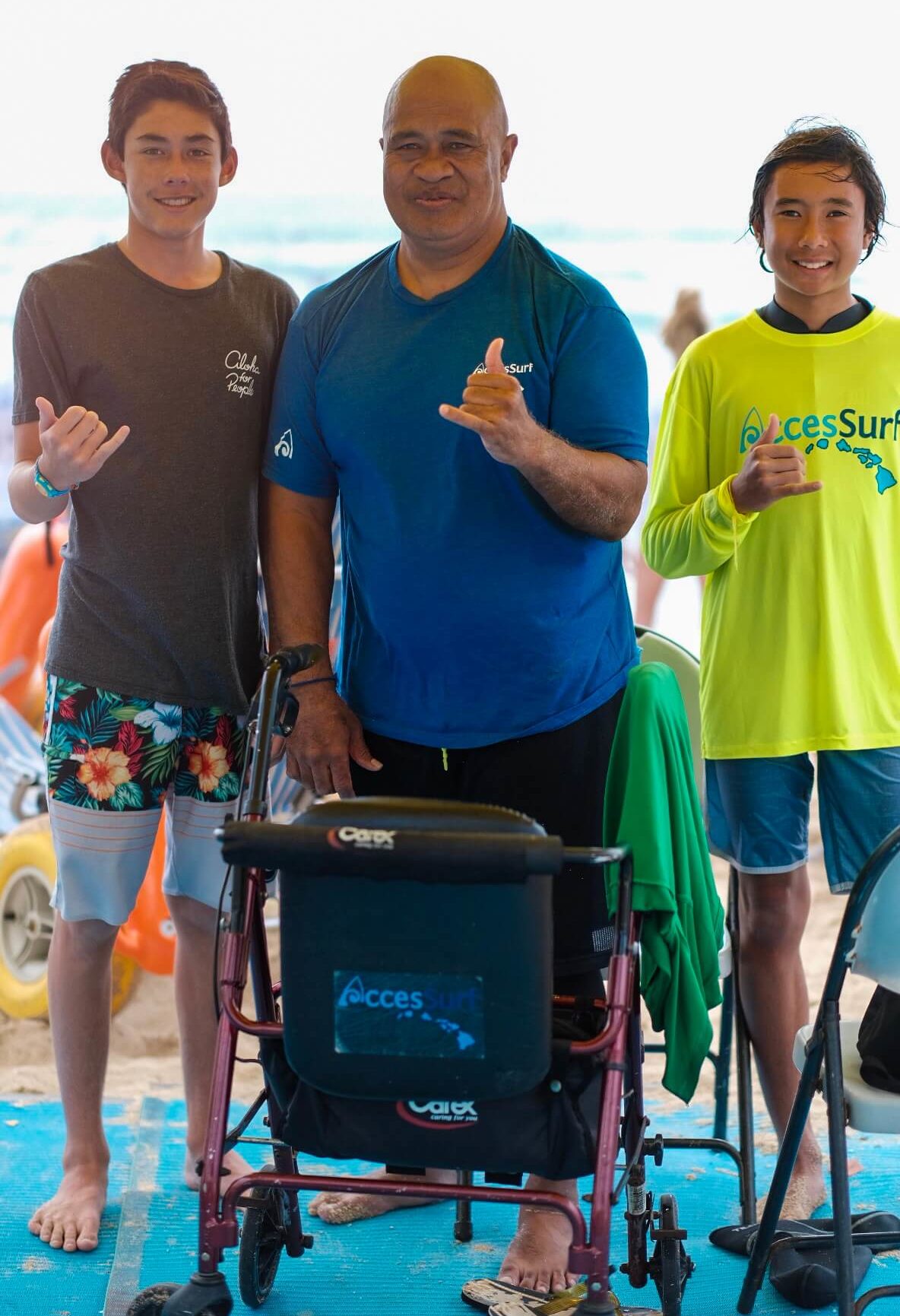
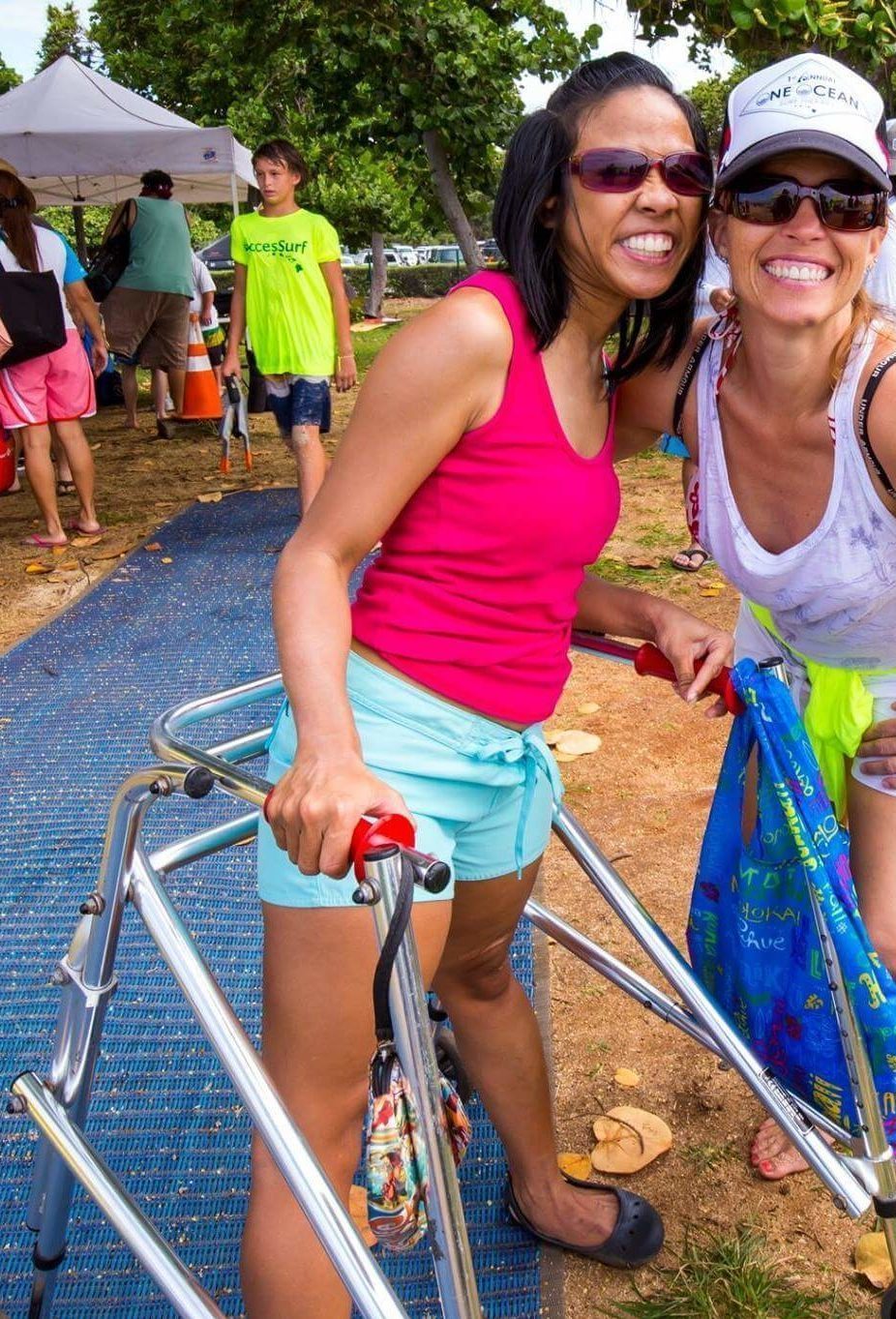
Canes
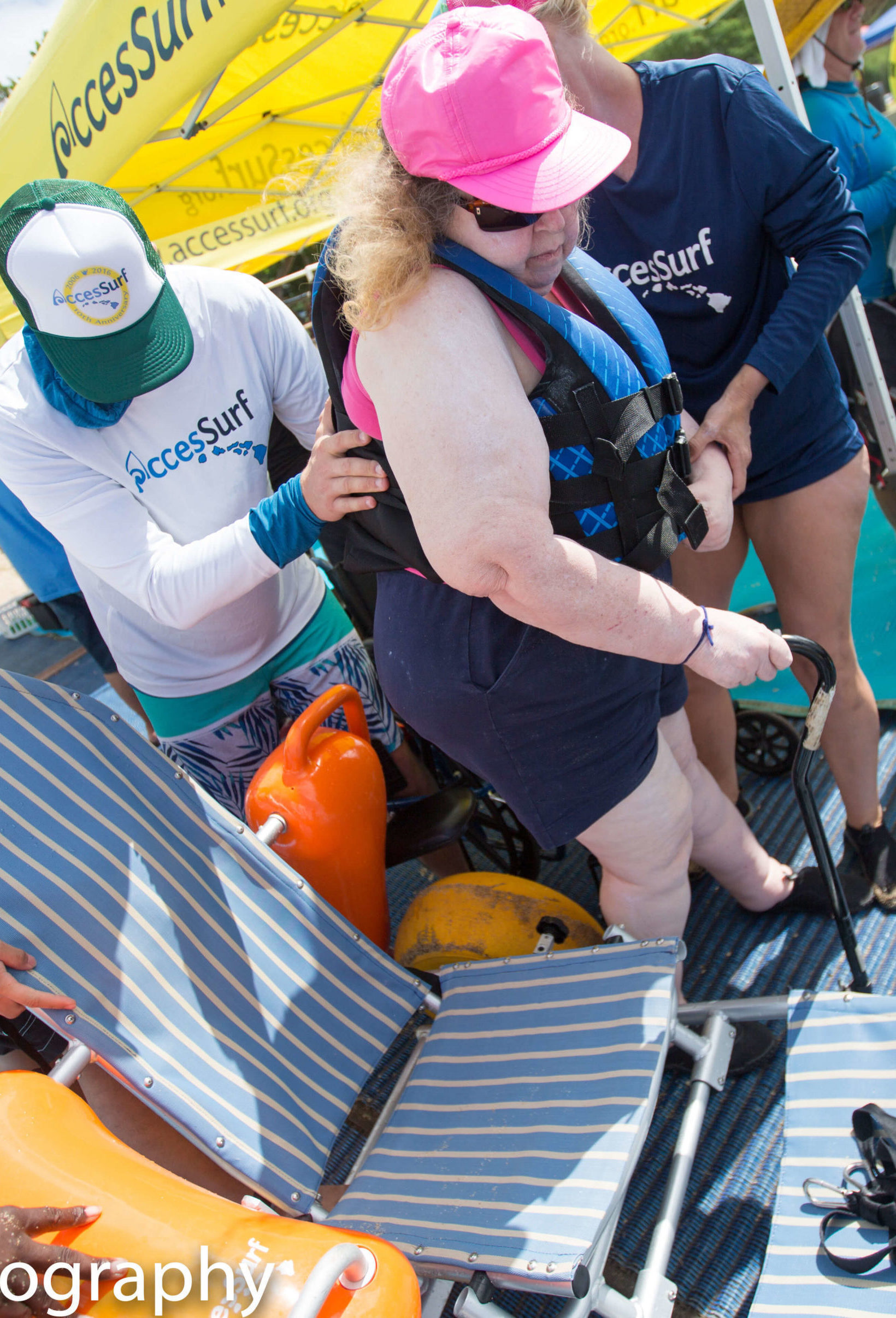
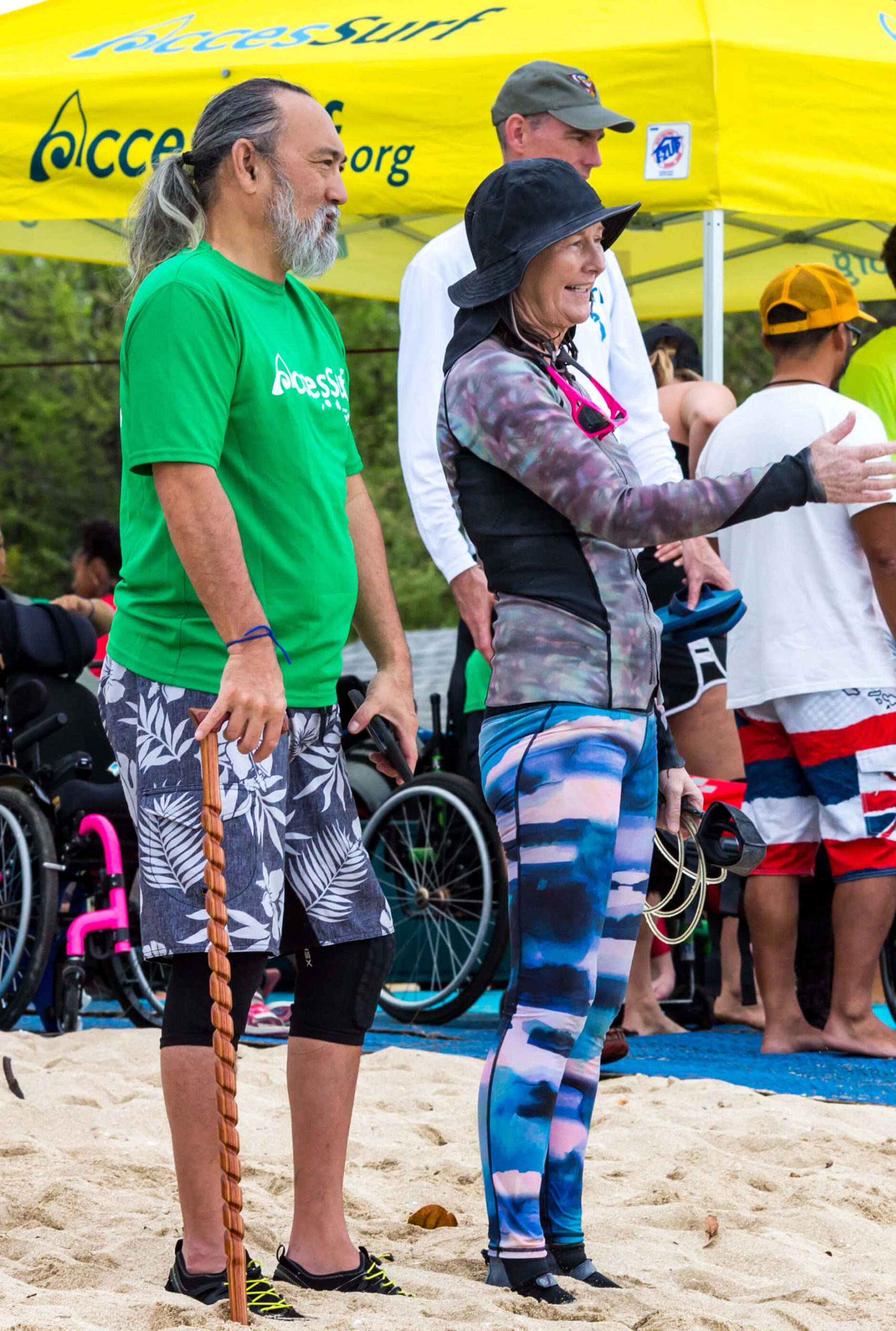
Walkers
• Maximum stability & support while standing
• Many styles, can fold for transport
• Most are adjustable
• Various arm supports
• Wheels vary in size and are prone to sand getting stuck in them and salt corroding the bearings
• Those with brakes that need to be off before being moved to side – otherwise walker can be lifted to move
• Bad on stairs & in narrow passages
Canes
• Compensates for poor balance or stability
• Provides little support
• Useful in narrow spaces
• Easy to store/transport
• Can put pressure on ulnar never
Forearm Crutches
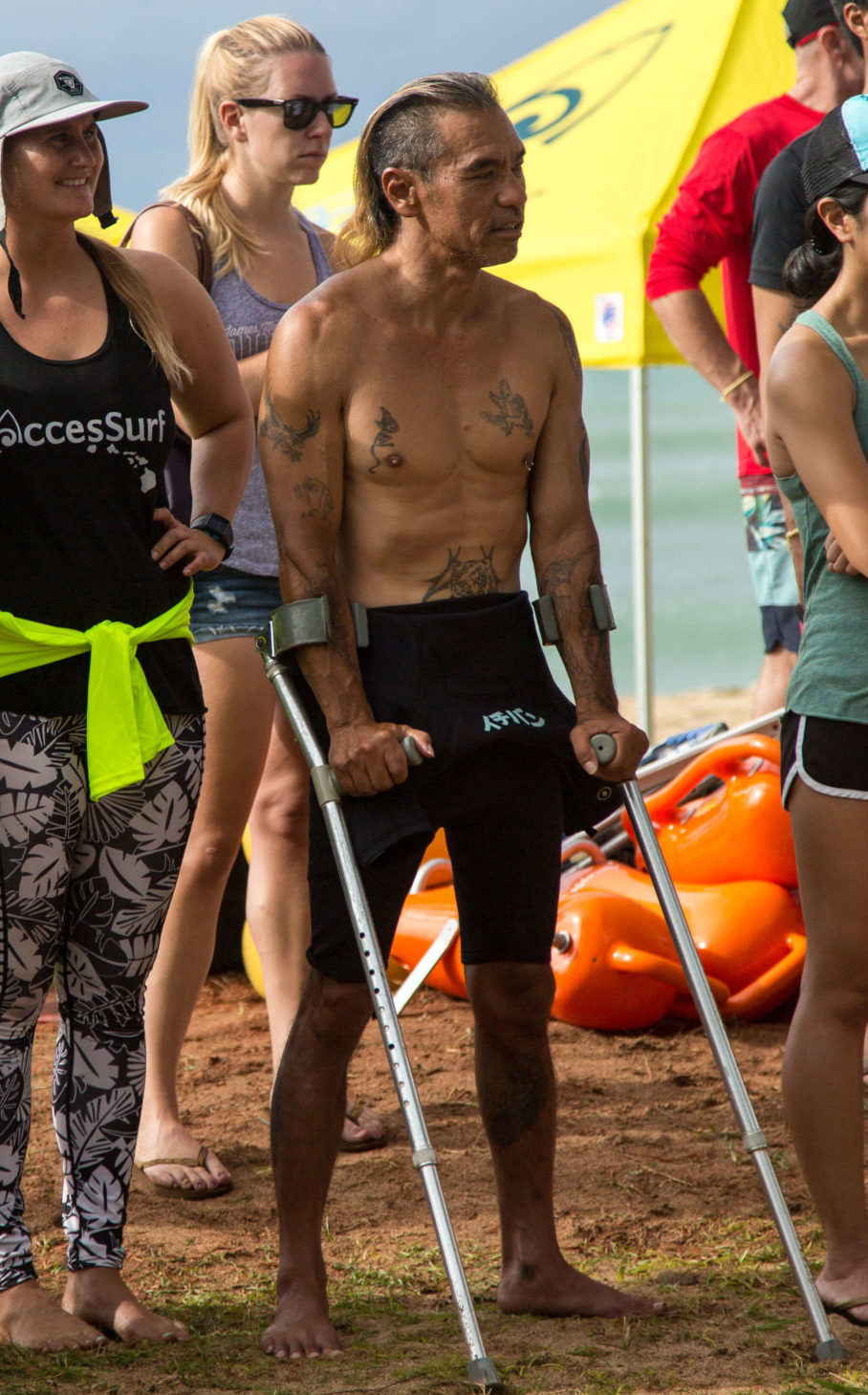
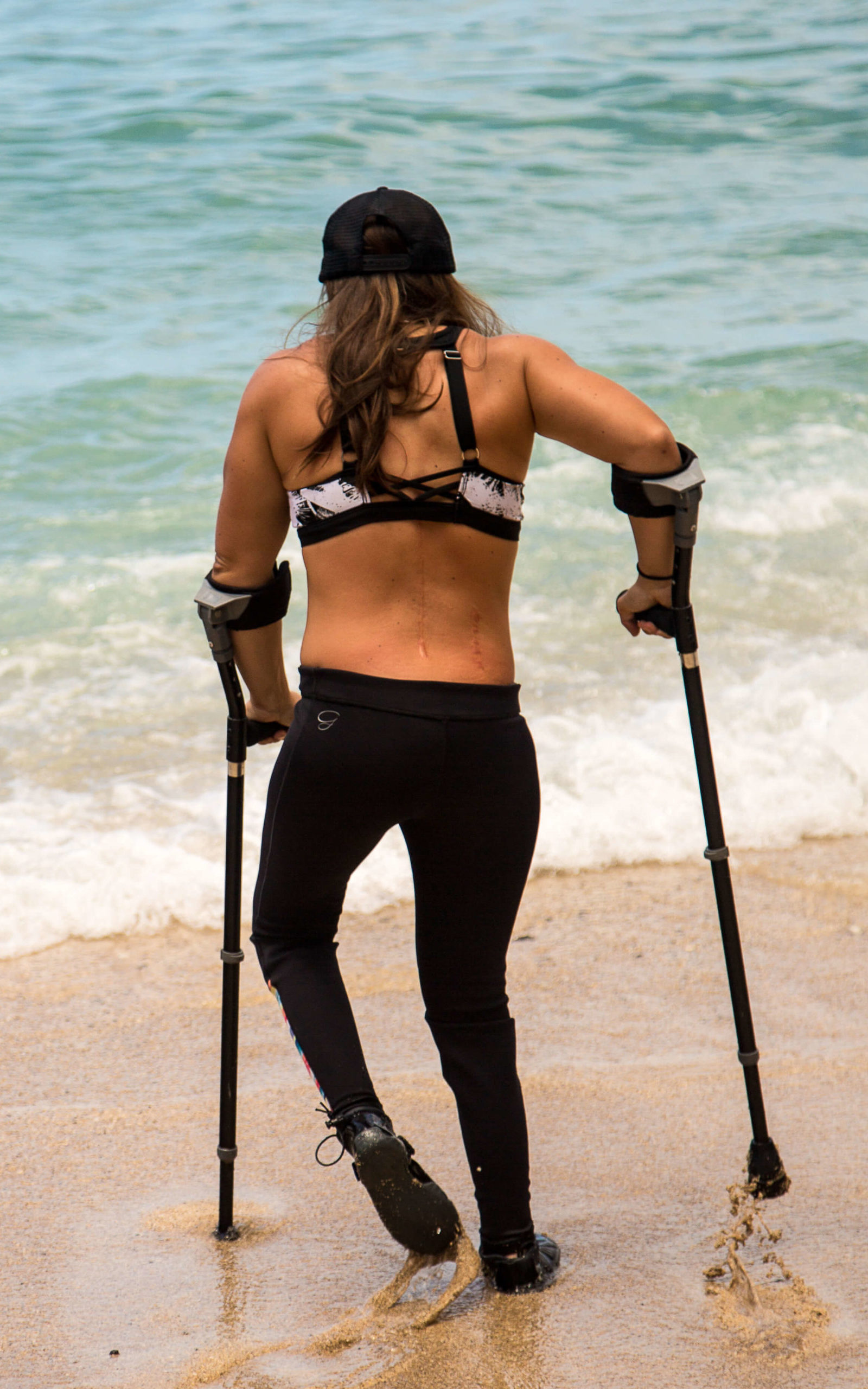
Auxiliary Crutches
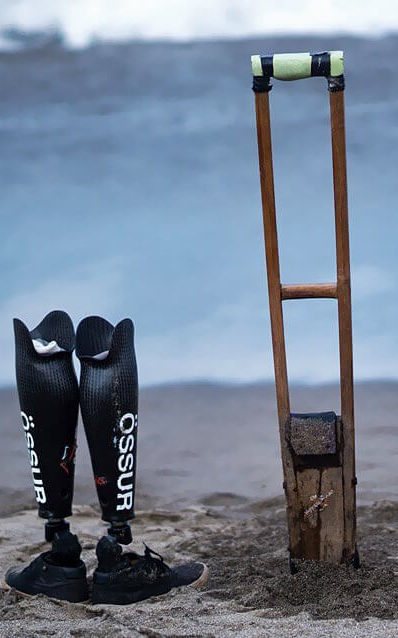
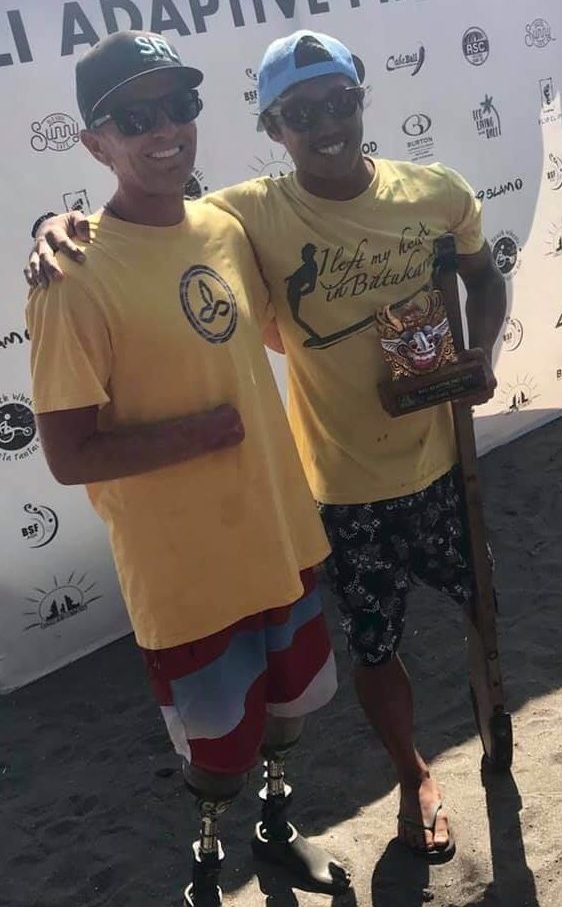
Forearm Crutches
• Less stability/support than a walker
• Require good trunk control and standing balance
• Crutch can hang from cuff while using hands
Axillary Crutches
• Less stability/support than walker
• Require good trunk control and standing balance
• Wider selection of walking patterns
• Easy to transport/store
Not considered a mobility device but used to help the individual’s mobility:
Ankle Foot Orthosis
• Custom made or fitted to support ankle/foot joints and muscles
